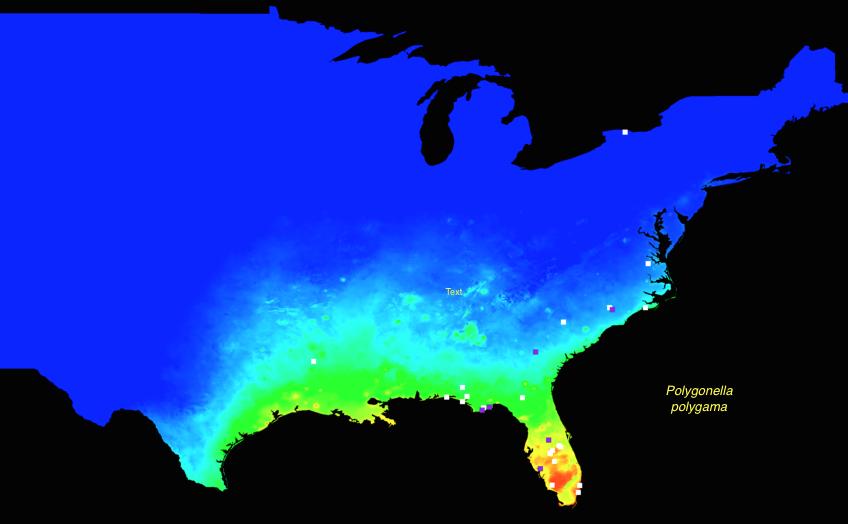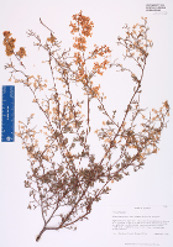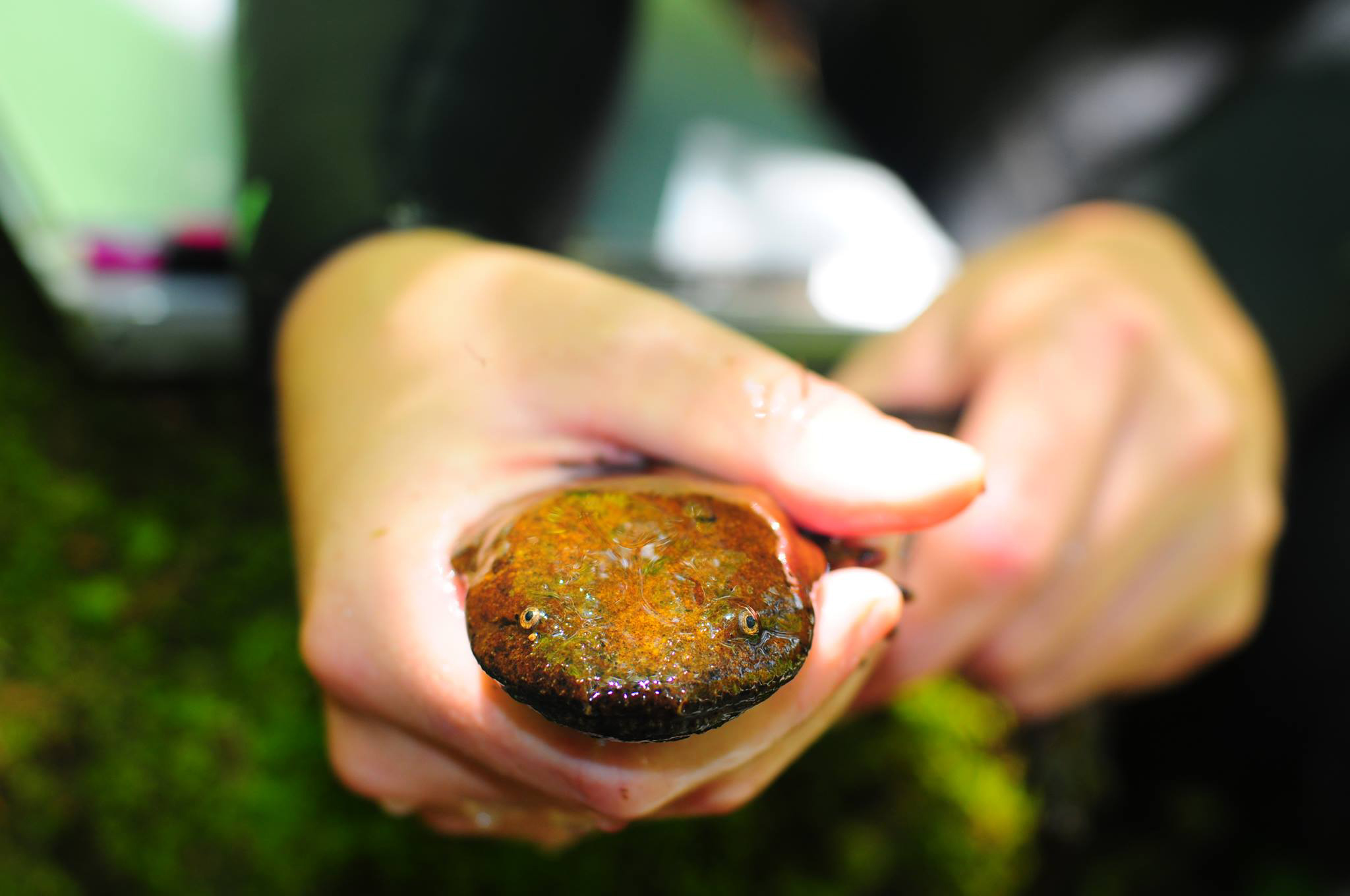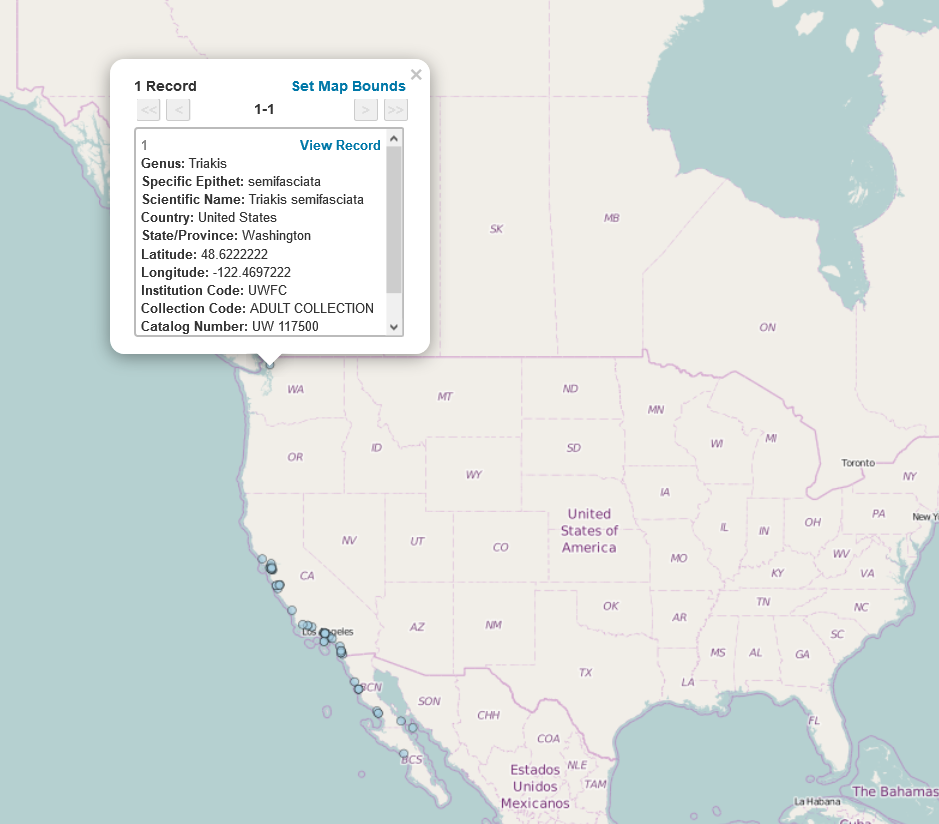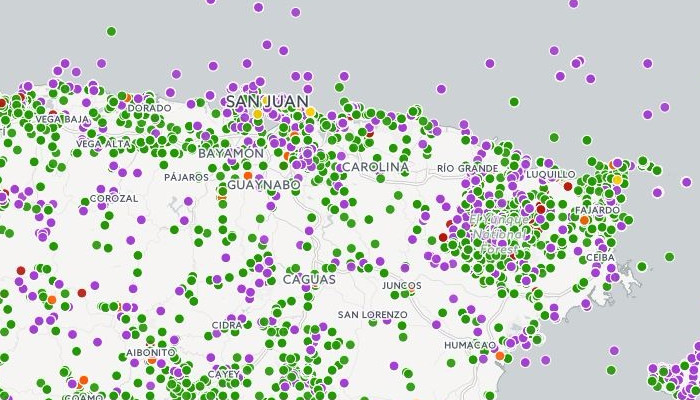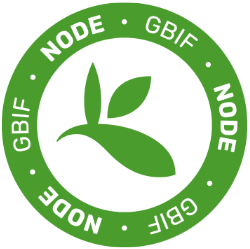iDigBio PI Receives International Biology Award
Florida Museum professors receive international biology award
May 24, 2016
Writer: Elizabeth Brown, 352-273-2034, ebrown@flmnh.ufl.edu
Media contact: Paul Ramey, 352-273-2054, pramey@flmnh.ufl.edu
GAINESVILLE, Fla. --- Two Florida Museum of Natural History professors have received the 2016 Darwin-Wallace Medal from the Linnean Society of London, considered one of the top international awards given to researchers studying evolutionary biology.


